Choosing The Best T-Shirt For Screen Printing

You’ve got a great idea, amazing new designs but you’re confused about which T-shirt to choose and how to print them. Screen printing is still the most popular method of transferring designs onto T-shirts, it’s the most versatile and durable print option available. It’s a great way to create custom garments for events, promotional products for business or for new and established clothing brands. However, choosing the best T-shirt to for screen printing is essential for achieving great results. In this blog post we’ll discuss some key factors to consider when choosing a T-shirt for your designs. Luckily, there are many options available. Continue reading and we’ll try and explain, hopefully helping you to make the best choice for your brand.
Table Of Contents
Fabric
The first thing to consider when selecting a T-shirt for screen printing your brand designs is the fabric. The most commonly used material for T-shirts are cotton, polyester, and a blend of both. However there are some lesser used such as tencel or bamboo. Cotton (especially organic cotton) is the most popular choice because it’s comfortable, breathable, and has great printability. Polyester, on the other hand, is durable and lightweight, although it can be more challenging to print. Blended fabrics can offer a mix of both (two fabrics) or even three (tri-blends). The choice of fabric will depend on the customer preference and the end use. Fabric content is generally split into two sections.
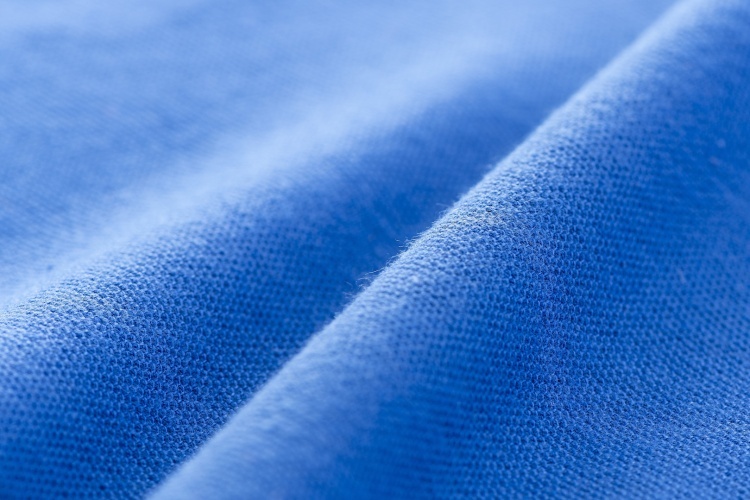
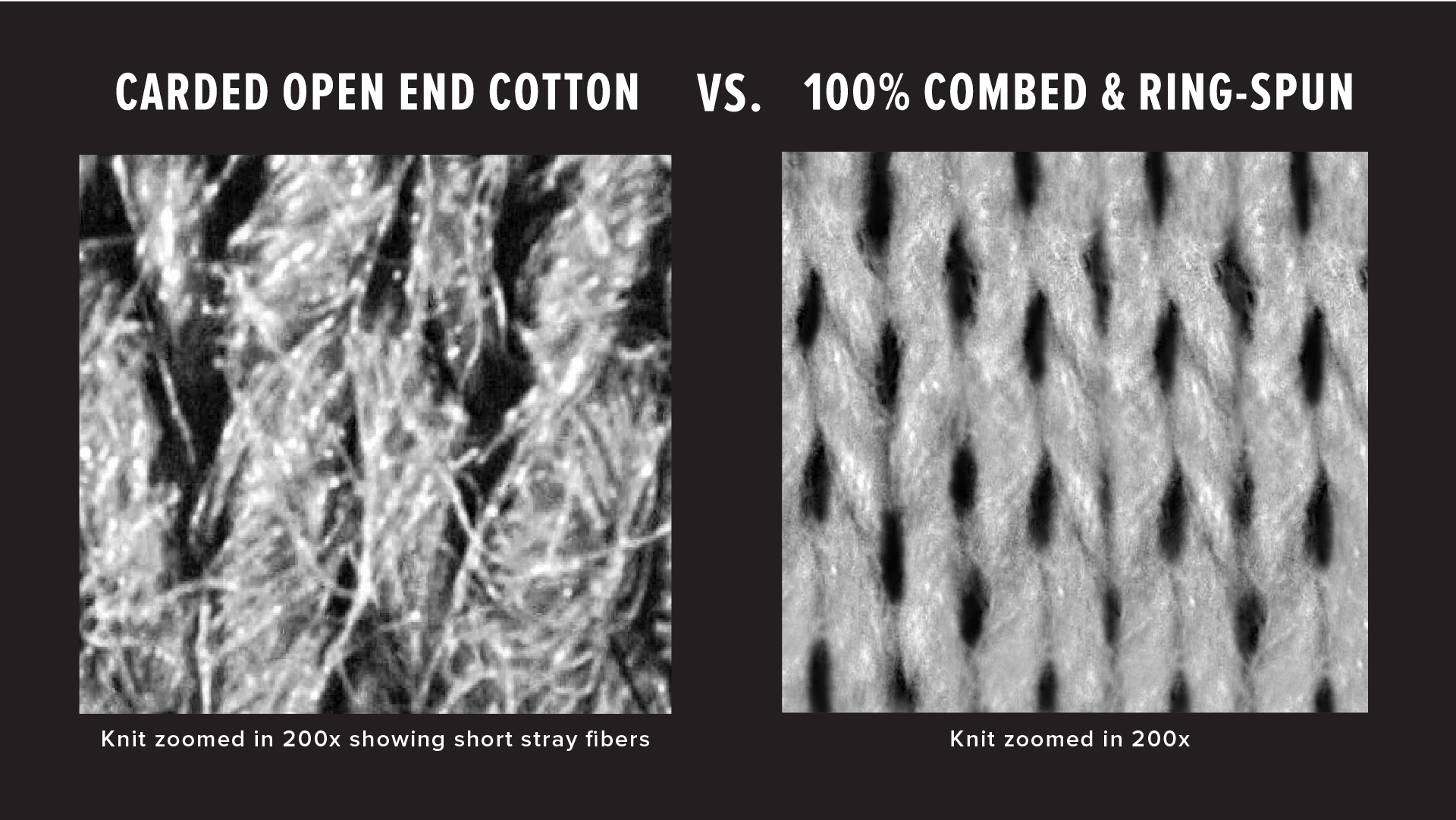
Cotton
Still the number one fabric choice for most people due to it’s durability, comfort and natural qualities. Cotton is the perfect substrate to print and a variety of different inks and techniques can be used to achieve the desired finish. From bold, simple one colour designs, to soft discharge inks, through to complex simulated process artwork. Cotton is the first choice for many. However, if we delve a bit deeper we realise that not all cotton T-shirts are created equally. We’ve broken this down into 3 easy to understand sections below.
Types of Cotton T-shirts:
1. Basic T-shirts are more often than not made with carded open end fibres. Although there is nothing wrong with them (especially if you’re on a budget), some can be a bit ‘fuzzy’, prone to shrinkage and can lose their shape slightly.
2. Better T-shirts are usually made using combed ring-spun cotton. They provide a great surface to print, hold their shape and provide comfort to the wearer. Organic cotton is more widely available than ever and a great choice for any brand.
3. Best T-shirts are again made with combed ring-spun cotton but might be a heavier weight fabric or a different style to the regular T-shirt. This could be organic cotton, an oversized style or T-shirt with a pocket. They might be described as a bit more ‘high-end’.
Basic Tee
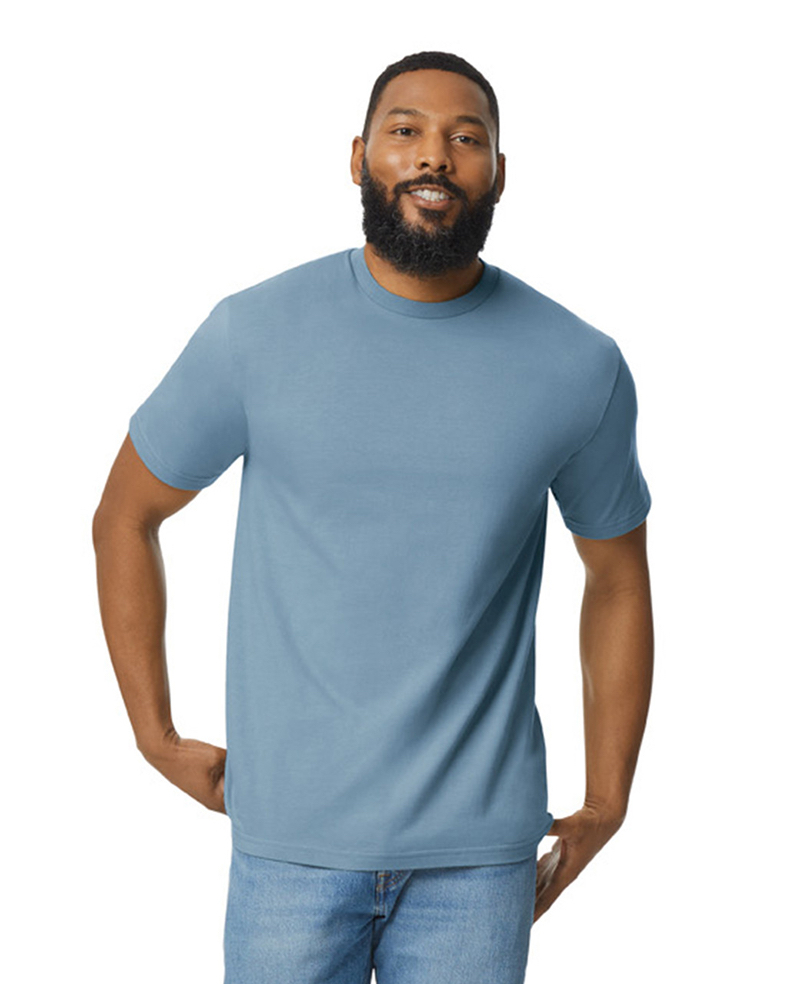
Better Tee
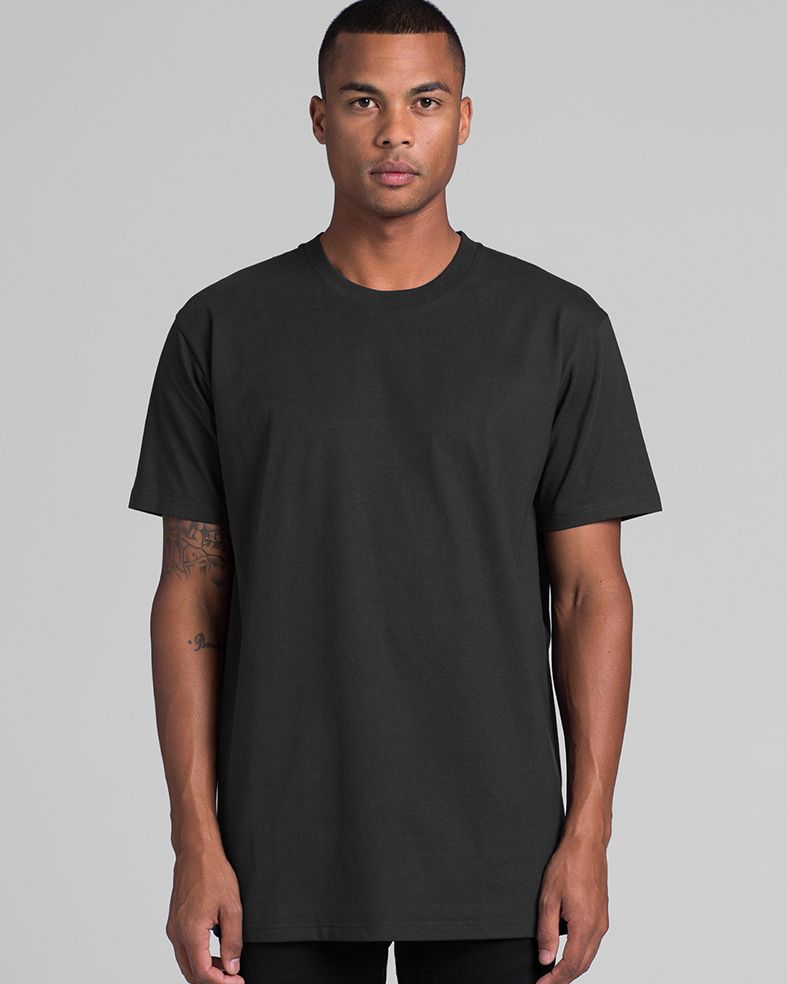
Best Tee
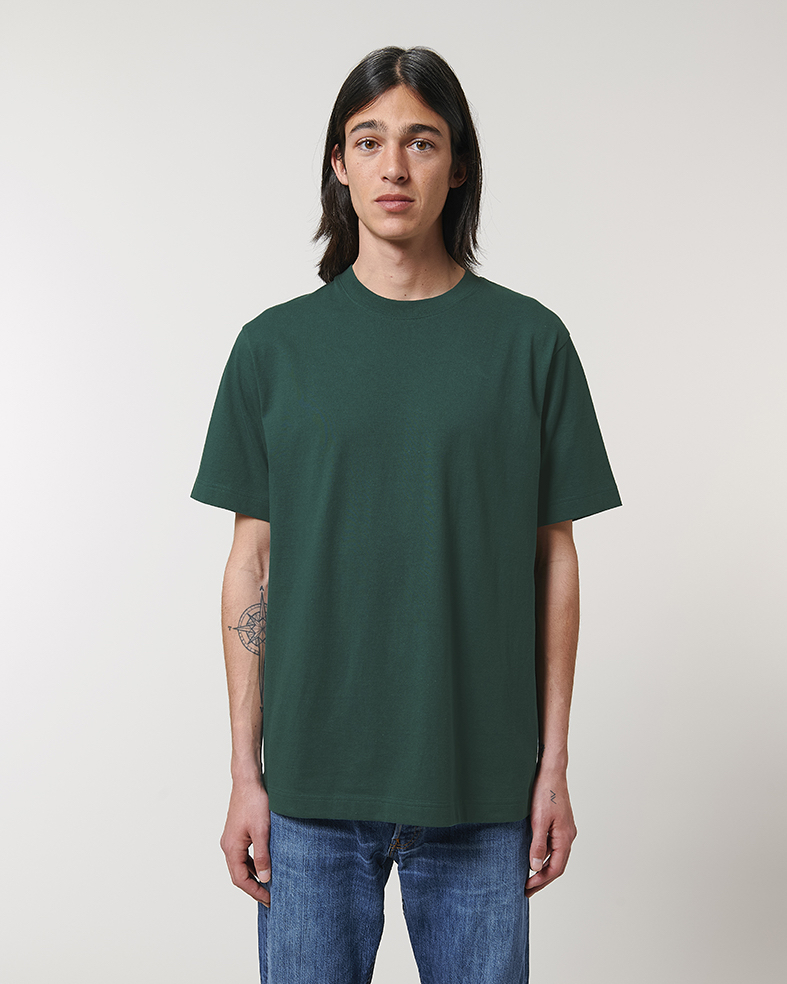
Polyester and Blends
Depending on the end use, polyester or blended garments can be an ideal alternative to 100% cotton. Many have moisture wicking properties, are lightweight and durable making them a great choice for activewear. The synthetic fibres are also less absorbent which helps them dry out quicker and with stain resistance. The 3 main fabrics used are 100% Polyester, 50/50 (Polyester/Cotton) and Tri-Blends (Polyester/Cotton/Rayon) mix.
Although they are soft, long-lasting and great for certain activities. These fabrics are slightly more challenging to print than 100% cotton T-shirts. Because of the way synthetic fabrics are dyed, it can sometimes cause issues during printing. Dark fabrics are especially prone to something called dye-migration if the correct inks are not used. This is just something to be aware of when designing your artwork or planning your range. An extra screen setup and/or print layer may be required depending on the garment used to help combat this issue.
Weight
The weight of the fabric is another important factor to consider. Fabric is measured in grams per square metre (GSM). The higher the GSM, the heavier the fabric. Heavier fabrics can offer better durability, but weight will depend a lot on the customers needs and budget. For screen printing, it’s recommended to use a T-shirt with a weight between 140-200gsm although T-shirts made using heavier fabrics are available in the UK.
Colour
The colour of the T-shirt is also an important consideration. There are literally hundreds, even thousands of blank T-shirt colours to choose from. Choosing the right colours for your brand is very important and if you get it wrong it could send out confusing messages to your customers.
Darker colours, such as black, navy, grey or red are still the most popular. Darker colours often require extra steps in the printing process than lighter colours. However, if you want to print on darker T-shirts, we can use a white underbase to help the colours of the design stand out or a discharge ink (soft print), depending on the print style you want. Dark T-shirts printed with an underbase give the brightest print finish as the top colours are not printed directly onto the fabric, but printed onto a base (usually white). If you do want to print directly onto dark fabric for a softer finish then discharge ink is the best option. It works best with 100% cotton garments and does not work with all T-shirt colours.
Lighter colours can offer better contrast for certain designs. White or pastel colours do not often require an underbase which means the print is softer. Some designs can even utilise the negative space to add extra dimension to the design. Heather colours are also something to consider. Using this type of T-shirt is a great way to produce vintage or more subtle style prints.
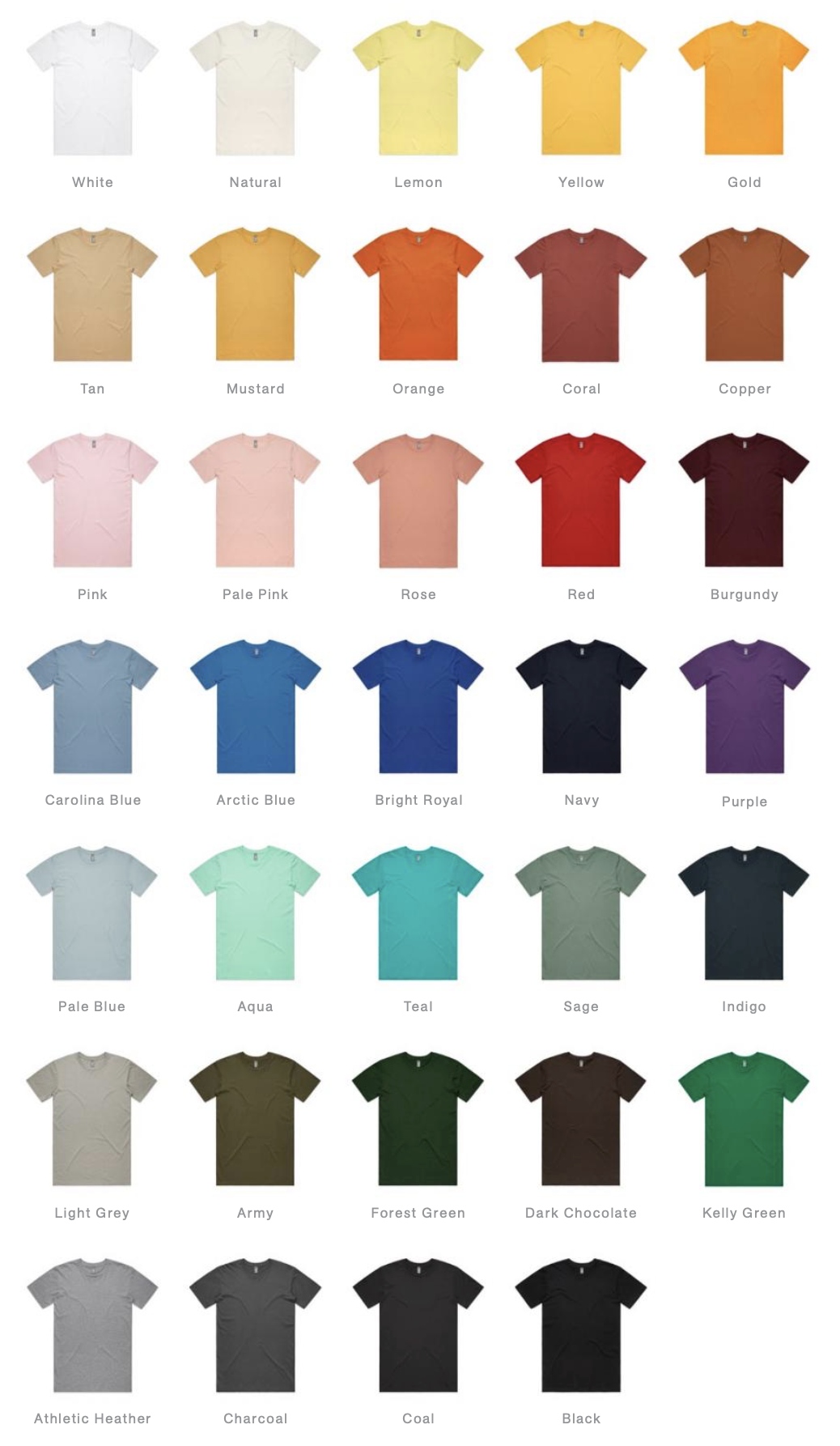
Fit and Style
The fit and style, or the shape of the T-shirt are also important details to look at. There are lots of T-shirts, including classic, fitted, relaxed or oversized to name a few. The fit of the T-shirt can affect how the design looks and how comfortable the shirt feels. It’s important to choose the right style, that’s comfortable and suits your brand or your needs. For example, you wouldn’t want to choose a slim fitting Tri-blend T-shirt if your brand is aimed at skateboarders.
Most blank brands offer an easy to read sizing chart for the garments they offer. Each brand is slightly different from the next and unfortunately there is no ‘real standardisation’ for clothing sizes. If you are unsure of anything, it’s best to get in touch and ask for some advise. We can guide you through the process to make sure you get the right garment for your project.
Brand and Quality
The brand and quality of the T-shirt are another important consideration. You will want to choose an established brand that offers high-quality fabrics and construction. The quality of the fabric can affect the durability of the print, how much the T-shirt shrinks, or loses shape as well as the overall look of the shirt.
As with most things in life, you get what you pay for. That being said, we have a handful of suppliers that we trust and have been working with for a number of years, giving us the ability to provide great quality garments at a reasonable price. We’re more than happy to recommend a certain T-shirt for promotional or higher end custom branded orders. You may wish to do some personal research. A good place to start would be the top 3 brands we offer: Stanley/Stella, Continental Clothing and AS Colour.
In conclusion, choosing the perfect T-shirt for screen printing is essential for achieving great results. When selecting a T-shirt, consider the fabric, weight, colour, fit and style, brand and quality. By taking these factors into consideration, you can ensure that you get the perfect T-shirt for your screen printing project. Our t-shirt printing company can help you! Feel free to get in touch and let us know!

